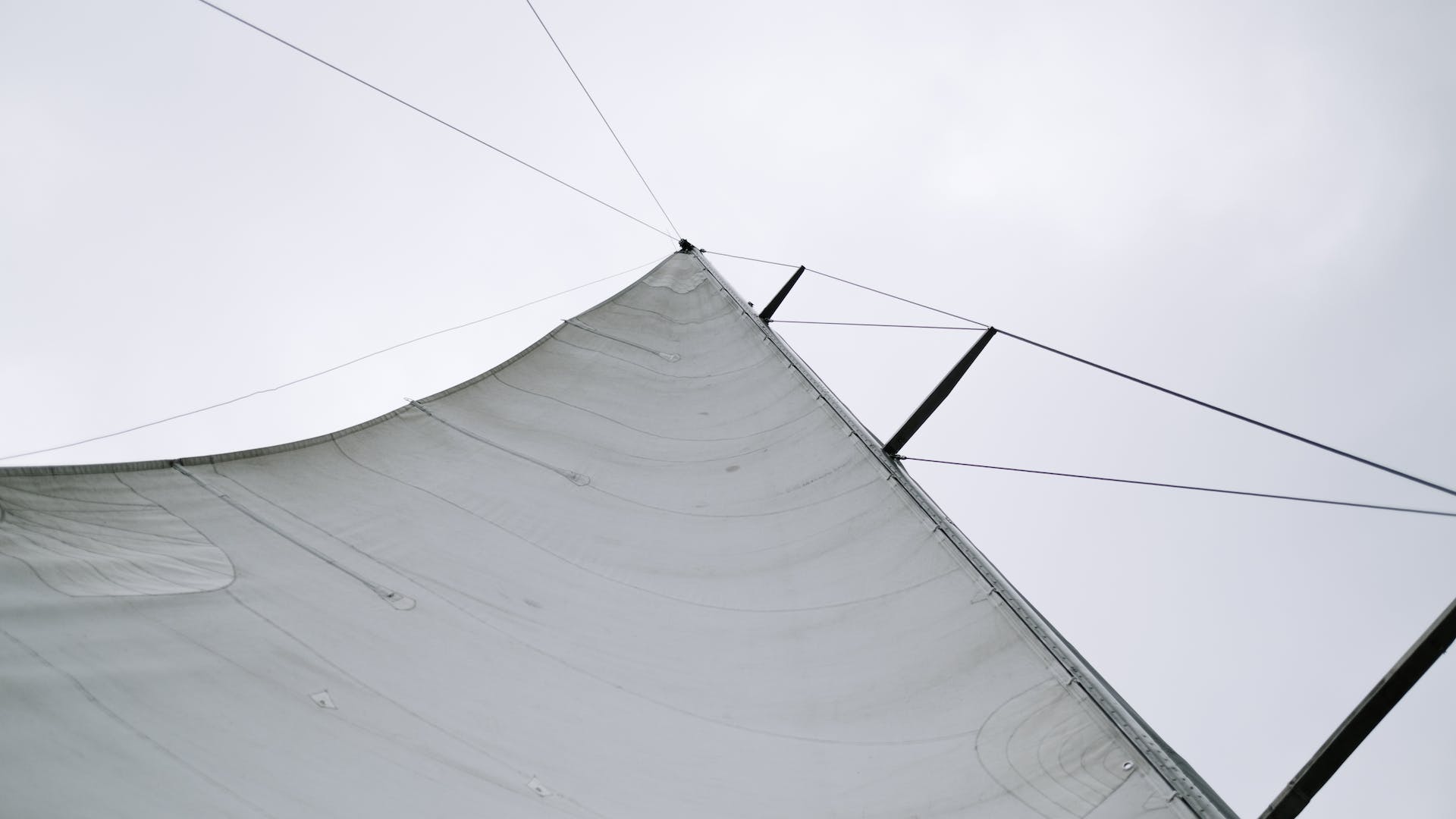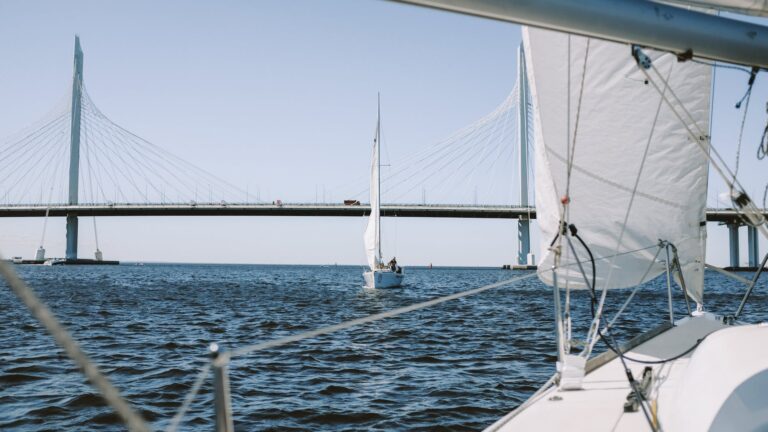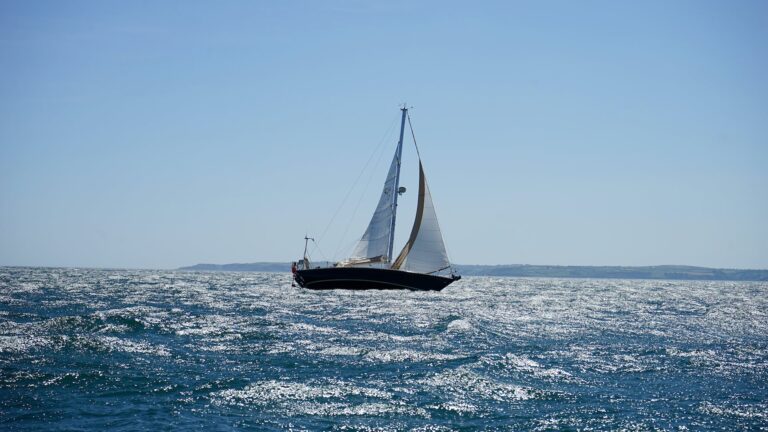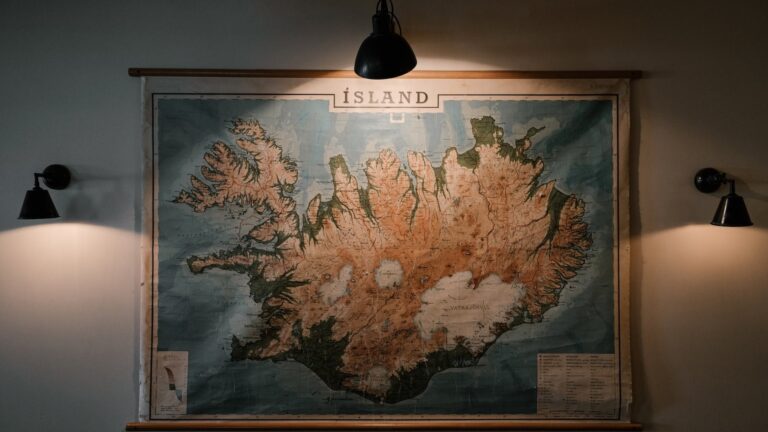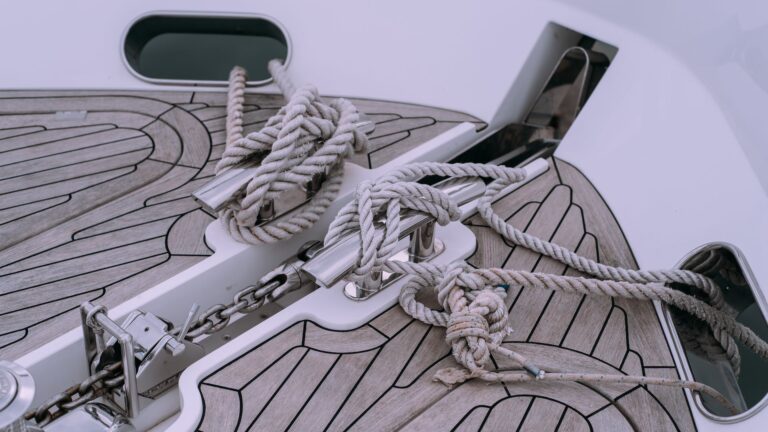Can you sail in light winds?
- Introduction
- What is light wind sailing?
- Apparent wind vs true wind
- Using momentum to generate more wind power
- Effect of light winds on sail trim
- Light wind sailing techniques
- Pros and cons of sailing in light winds
- Benefits of sailing in light winds
- Different types of boats for light wind sailing
- Tips for getting the most out of light wind sailing
- Conclusion
Sailing in Light Winds: A Comprehensive Guide
Sailing in light winds can be a tricky but rewarding experience for sailors of all levels of expertise. Whether you’re an experienced sailor looking to fine-tune your skills, or just getting started with your first boat, it’s important to understand the do’s and don’ts when it comes to sailing in light winds. In this guide, we will explore the basics of what you need to know to make the most out of your time on the water in lighter conditions, including how to use momentum, proper sail trim and different types of boats suitable for lighter winds.
What is Light Wind Sailing?
Light wind sailing refers to any type of sailing done with true wind speeds below 8 knots (about 9 mph). In these conditions it can be difficult to generate enough power from the sail alone and other techniques must be employed to create forward motion and maintain control over the boat’s direction and speed. While it might seem daunting at first, there are some advantages to learning how to sail in light winds that can make it worth your while!
## Apparent Wind vs True Wind
In order for sailors to understand how their boat moves in lighter conditions, it is important to first understand the difference between apparent and true wind speeds. True wind speed is measured by a device known as an anemometer, which records the amount of air passing over a given area per unit time (typically knots). Apparent wind speed is felt by a sailor as they move through the air, and is generated by both true wind speed plus any forward motion created by the boat itself (known as ‘boat speed’). As such, when a sailor is moving at any speed above 0 knots, they will feel an increased apparent wind strength compared to what they would feel if they were stationary – even if the true wind speed remains constant! This creates opportunities for sailors to make use of their boat’s momentum when sailing in lighter conditions as they will be able to gain more power from their sails than what would be possible using only true wind alone.
## Using Momentum To Generate More Wind Power
When sailing in light winds, one way you can increase your apparent wind strength is by generating more forward momentum with your boat (known as ‘boat speed’). This means that even if the true wind speed remains constant, your sails will gain more power from this additional boat-generated force – allowing you to move faster than if you were just relying on true wind alone! To do this effectively however requires some skill – you must ensure that you are making efficient use of whatever momentum you are able to generate while also being mindful not to overdo it and end up wasting energy or stalling due to excessive heeling (leaning) forces caused by too much sail area exposed too much pressure from a headwind!
## Effect Of Light Winds On Sail Trim
When sailing in lighter conditions it is important that your sails are trimmed correctly in order for them to effectively capture whatever breeze is available at any given time – too much sail area exposed could lead to excessive heeling forces while too little could prevent you from making use of available power! The key here is understanding how different types of sails react when exposed different amounts of air pressure – slimmer sails such as jibs require less tension than wider ones such as mainsails as they are better able design capture more energy from weaker breezes while still providing enough support when heavier gusts hit!
## Light Wind Sailing Techniques
There are several techniques that can help sailors get more out of their time on the water when dealing with light winds: tacking (turning into the breeze), gybing (turning away from the breeze), feathering (pointing into or away from the breeze depending on its direction) and close reaching (sailing at an angle close but not directly into or away from the breeze). Each technique has its own pros and cons which should be considered before deciding which one best suits your needs – tacking may result in slower progress overall but allows for better control over direction while gybing can provide faster speeds due largely its increased efficiency compared with tacking but requires extra caution due its riskier nature!
## Pros And Cons Of Sailing In Light Winds
One advantage that comes with sailing in lighter breezes is that there are fewer risks associated with attempting maneuvers such as tacking or gybing compared with heavier ones – since there isn’t enough force behind them these activities become much safer and easier if performed correctly! However, one disadvantage comes from having less power available from the sail itself – this means sailors must rely more heavily on their own skills and knowledge when manoeuvring instead of getting help from stronger gusts like they would be able to do during normal conditions!
## Benefits Of Sailing In Light Winds
Despite its challenges, there are many benefits associated with learning how to sail in lighter conditions such as improved judgement skills due having less power available and greater practice opportunities since manoeuvres become easier when done correctly! Additionally, these types of situations allow sailors an opportunity develop their understanding further by experimenting with different techniques such as close reaching or feathering which may help them become better navigators overall once mastered! Finally mastering lighter winds greatly increases one’s chances success during times when weather conditions aren’t favourable – allowing them stay safe while still enjoying some time out on water even during difficult times like storms or heavy swell days!
## Different Types Of Boats For Light Wind Sailing
Different types boats have different capabilities when it comes navigating through lighter winds; generally speaking smaller boats designed specifically for such purposes tend perform better since their size allows them catch even weaker breezes whereas larger vessels may struggle due increased resistance against these weaker forces caused by their size! For those looking specifically for something suitable for light winds then look into buying a dinghy – these boats typically feature low freeboard heights (the distance between water level and deck level) which helps reduce drag caused by waves meaning they will move faster than similar sized vessels under same amount force – perfect those looking make most out every bit air available them during challenging times like storms or heavy swell days!
## Tips For Getting The Most Out Of Light Wind Sailing
The key staying safe while still enjoying some time out on water during difficult weather conditions like storms or heavy swell days comes down efficient use whatever momentum able achieve gain most advantage apparent rather than relying solely true forces alone: try point bow higher upwind make sure maintain course keep whatever gains made; also play around different types sails see how each reacts each amount pressure either side headwind determine best setup yourself situation; look downwind occasionally check back make sure staying course intended allow time correct mistakes if made; also try ‘feathering’ position bow slightly ‘off-wind’ increase efficiency lower angle attack create extra lift off waves front hull – all these small things add create big difference end result desired outcome!.
## Conclusion Despite its challenges, learning how navigate through lighter winds greatly increases one’s chances success during times weather conditions aren’t favourable allowing stay safe while still enjoying some time out water even during difficult times like storms heavy swell days!. With proper knowledge practice anyone able learn master art sailing even most demanding environments – so go ahead take plunge get feet wet start exploring possibilities unlocked mastering art sailing lightest breezes!.

